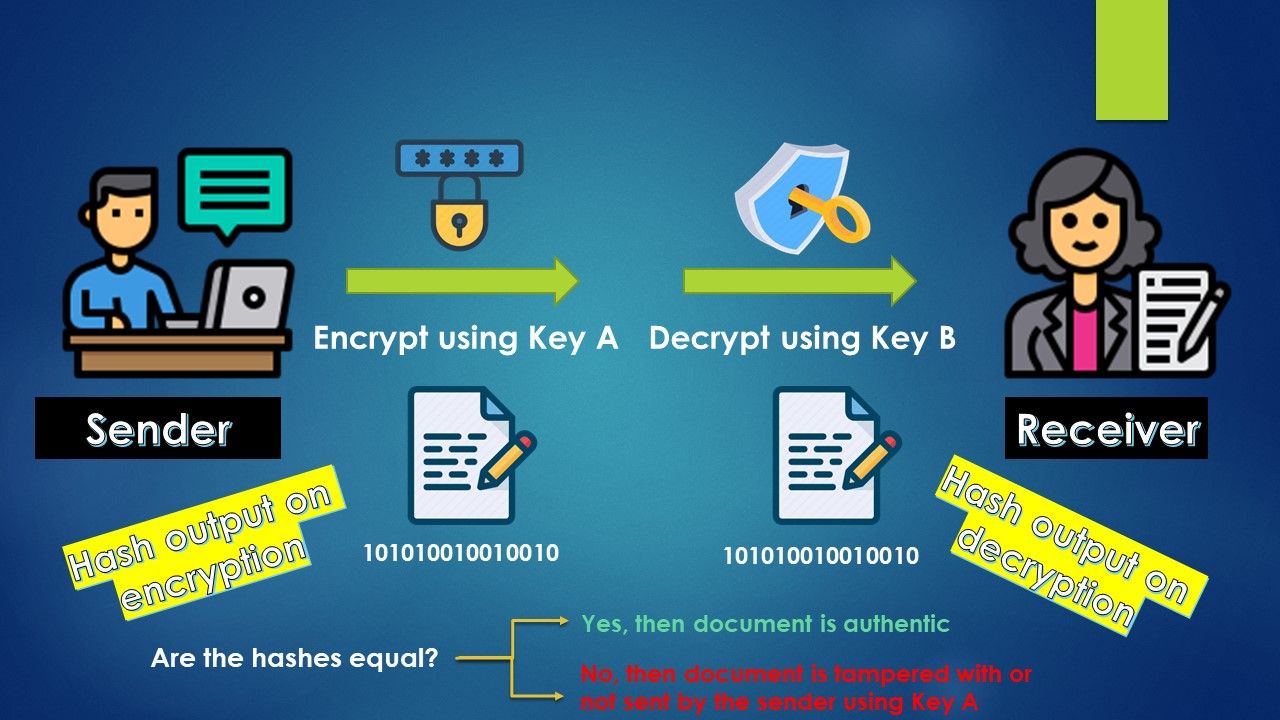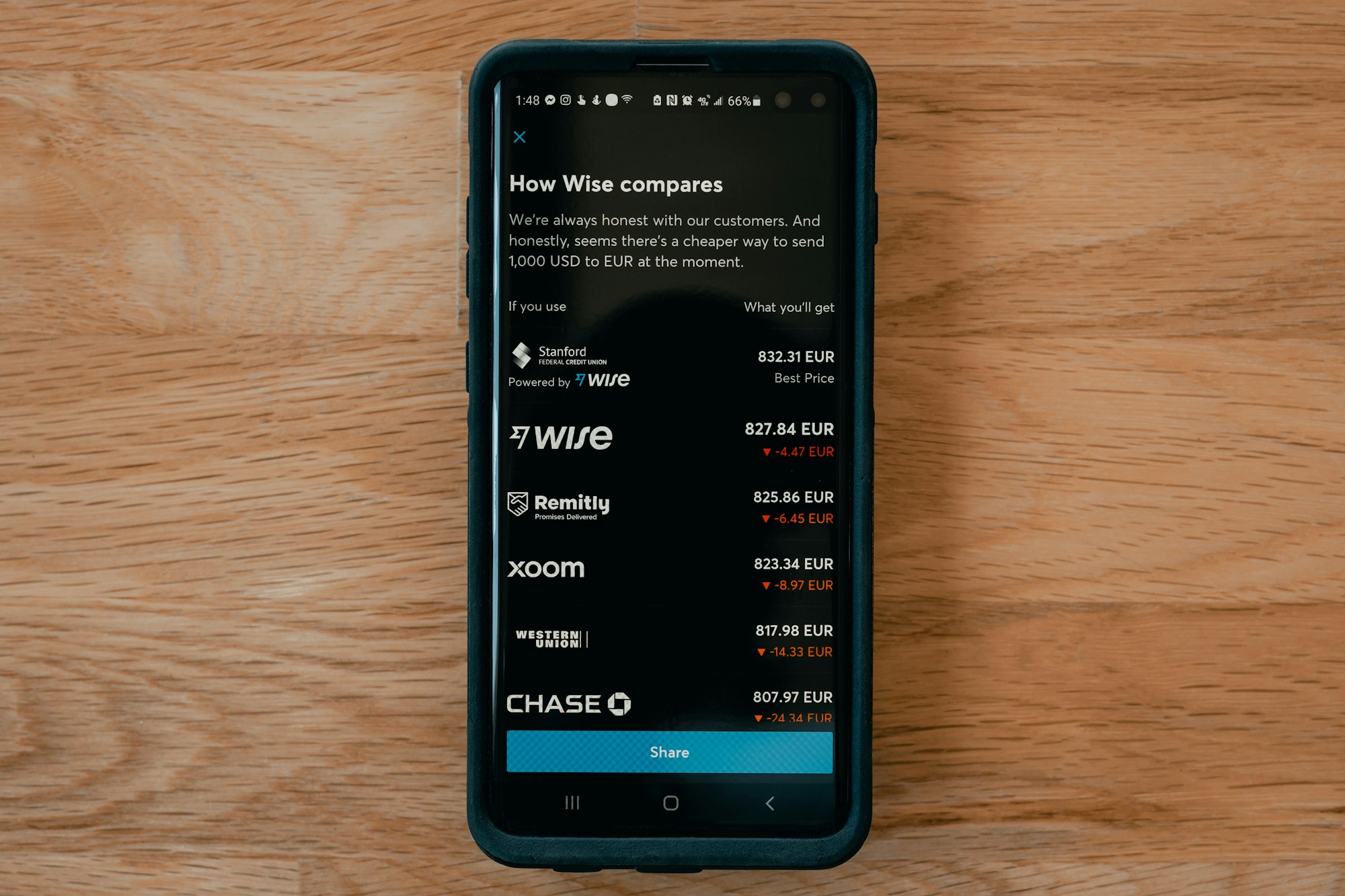Blockchain Byte - Week 14 : Incentive mechanism in Blockchains

Table of Contents
- Recap
- Driving Behavior
- Incentive
- Decentralized Incentives
Recap
Last week, we explained hashing and public key cryptography in digital signatures. We will discuss its application in Blockchain at a later stage. The below visual summarizes our discussion last week:

Driving Behavior
Today we will discuss another critical aspect of Blockchain architecture for maintaining the infrastructure and network functions. It is not Blockchain specific, but more behavioral specific.
Before I say what it is, let us answer a simple question.
Why do we all work or run a business? There are many different answers to this question - but for our discussion, let us group them into two reasons :
- To add value to society by providing value propositions to customers & making their lives or work easier
- To make money in the process where customers are willing to pay for the value proposition
Everyone in a business is incentivized to work together to achieve their common objectives to earn returns on their effort or investments.
In our previous discussions, we saw that Blockchains are
- Decentralized
- Run by nodes who do not know each other but are connected to each other through the internet &
- Supported through a consensus mechanism by these nodes (Refer week 11 for more details).
Question - Why should nodes put in any effort to maintain and carry on a Blockchain? What is the incentive to do so? What do they get out of this?
The above question is answered with one word - Incentive.
Incentive
As per Wikipedia, incentive is defined as :
"something that motivates or drives one to do something or behave in a certain way".
There are two types of incentives that affect human decision making. These are
- Intrinsic incentives - Those that motivate a person to do something out of their own self-interest or desires, without any outside pressure or promised reward &
- Extrinsic Incentives - Those that are motivated by rewards such as an increase in pay for achieving a certain result, or avoiding punishments such as disciplinary action or criticism as a result of not doing something (Source : Wikipedia).
Incentive design is a critical aspect in designing a Blockchain so that the nodes stay motivated to maintain the network and help it grow to derive more value from the network.

Let us take the example of remittances in traditional finance. The parties involved are :
- A customer who wants to remit funds to his or her family
- An Institution which facilitates this transfer
The institution involved in facilitating this transfer collects fees or margins on each transaction which is their incentive to do business. Financial Institutions are also one of the the most regulated sectors in any economy and hence to avoid regulatory censure, they ensure that adequate controls are in place to avoid fraud or errors. This means they are incentivized to make choices for the betterment & smooth functioning of the business.
Hence, every individual in these Institutions operate in a way where they make choices that is best for them & the Institution. These choices involve trade off between costs & benefits.
Decentralized Incentives
Before starting any business, some important questions to ask are :
- Who are your customers?
- What is the value proposition being offered?
- What are the costs involved in providing the value proposition?
Depending on the answers to the above, what are the revenue streams that can be expected on the value proposition that is being offered.
The business models for Blockchain are no different. The models need to factor the above for the network to thrive and grow. The major difference is that (at the cost of repeating myself !!) there is no centralized authority to take the decision on
- The type of incentives required to manage the platform,
- The amount of those incentives &
- The recipient of those incentives
So, to put it in simple language, somebody needs to decide on who gets what in a blockchain for the effort expended.
The work which is done by a centralized institution in traditional finance is distributed amongst the nodes in a blockchain. So how is this structured in a blockchain ? - Mathematics & algorithms.
Through Bitcoin Blockchain, Satoshi Nakamoto introduced a way of agreeing on the contents of a database (consensus) without anyone being "in charge" of it and finding a way to compensate the nodes for helping make that database more valuable, without anyone being on any official payroll or being a stakeholder.
How? - let us extract some relevant points from Satoshi Nakamoto's white paper on how he introduced the concepts of incentives in a blockchain (Points highlighted for emphasis).
- By convention, the first transaction in a block is a special transaction that starts a new coin owned by the creator of a block. This adds an incentive for nodes to support the network, and provides a way to initially distribute coins into circulation, since there is no central authority to issue them.
- The steady addition of a constant amount of new coins is analogous to gold miners expending resources to add gold to circulation. In our case, it is CPU time and electricity that is expended.
- The incentive can also be funded with transaction fees. If the output value of a transaction is less than its input value, the difference is a transaction fee that is added to the incentive value of the block containing the transaction.
- The incentives may help encourage nodes to stay honest. If a greedy attacker is able to assemble more CPU power than the honest nodes, he would have to choose between using it to defraud people by stealing back his payments, or using it to generate new coins.
- He ought to find it more MORE PROFITABLE TO PLAY BY THE RULES, such rules that favor him with more new coins than everyone else combined, than to undermine the system and validity of his own wealth.????
This is the key sentence - "He ought to find it more profitable to play by the rules".
In other words, proper deterrents are put in place to ensure dishonest nodes are discouraged from doing fraudulent acts by making the cost of doing such acts prohibitively high thus influencing their behavior through these deterrents.
We will look into these deterrents in the coming weeks.
Can you think of another way by which people's behavior are influenced for achieving objectives ? - Let me give you a clue - Central Banks.
Central Banks reduce or raise interest rates depending on the economy to drive people to increase or reduce spending to bring the economy to a desired state.
